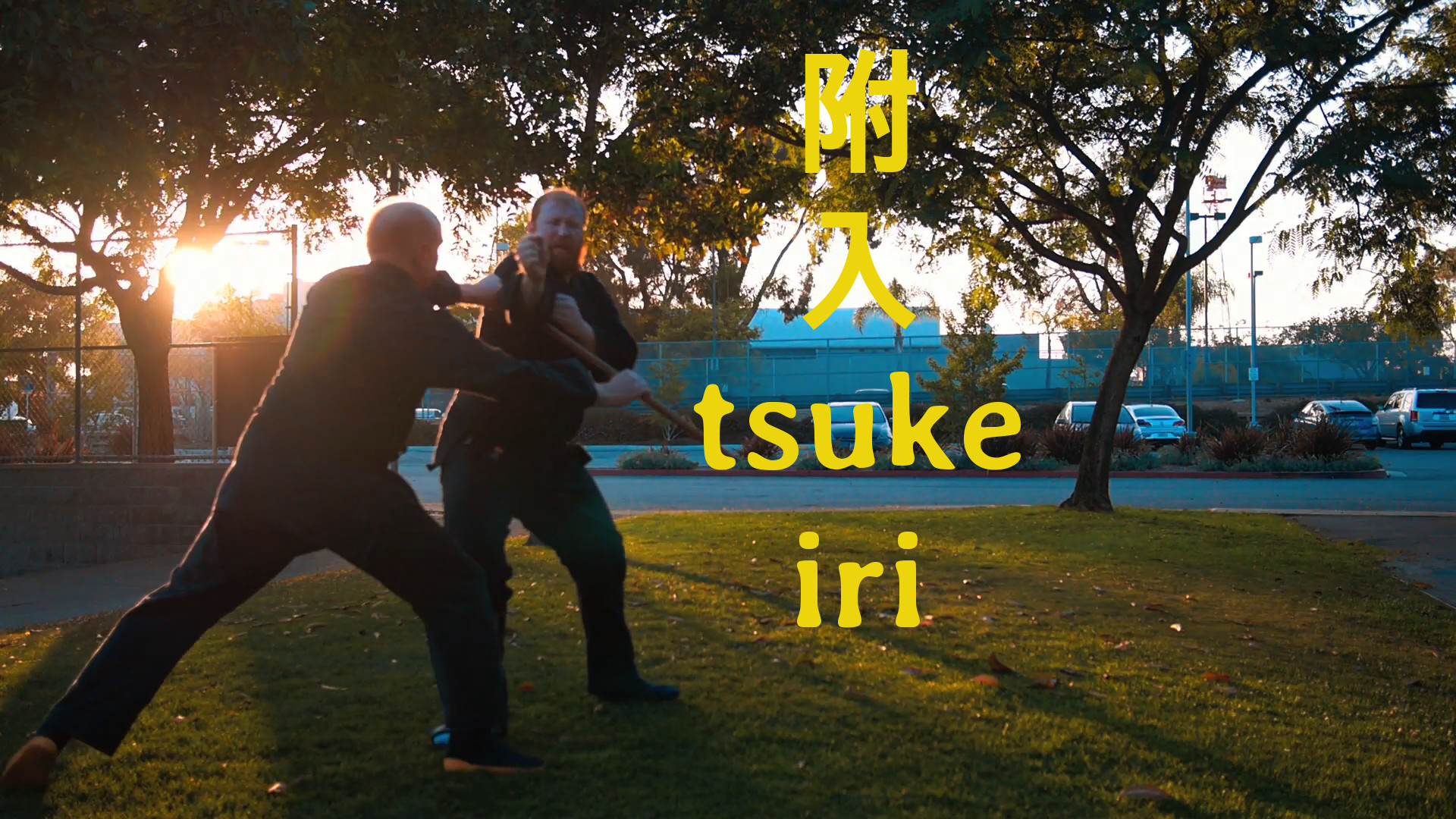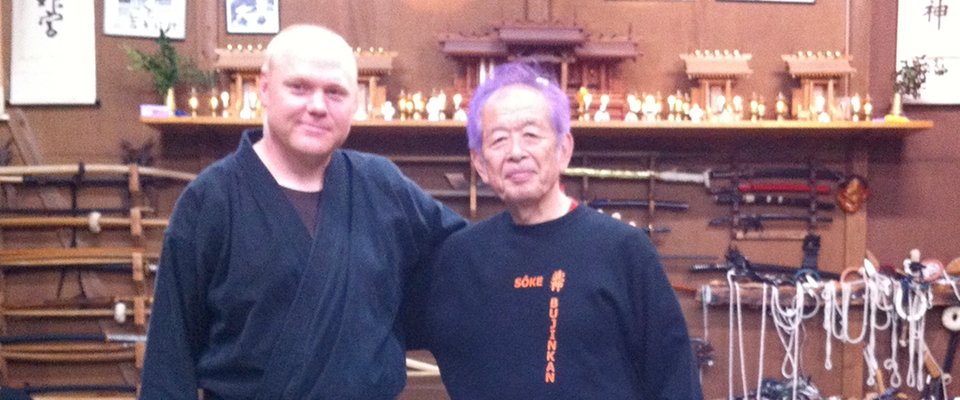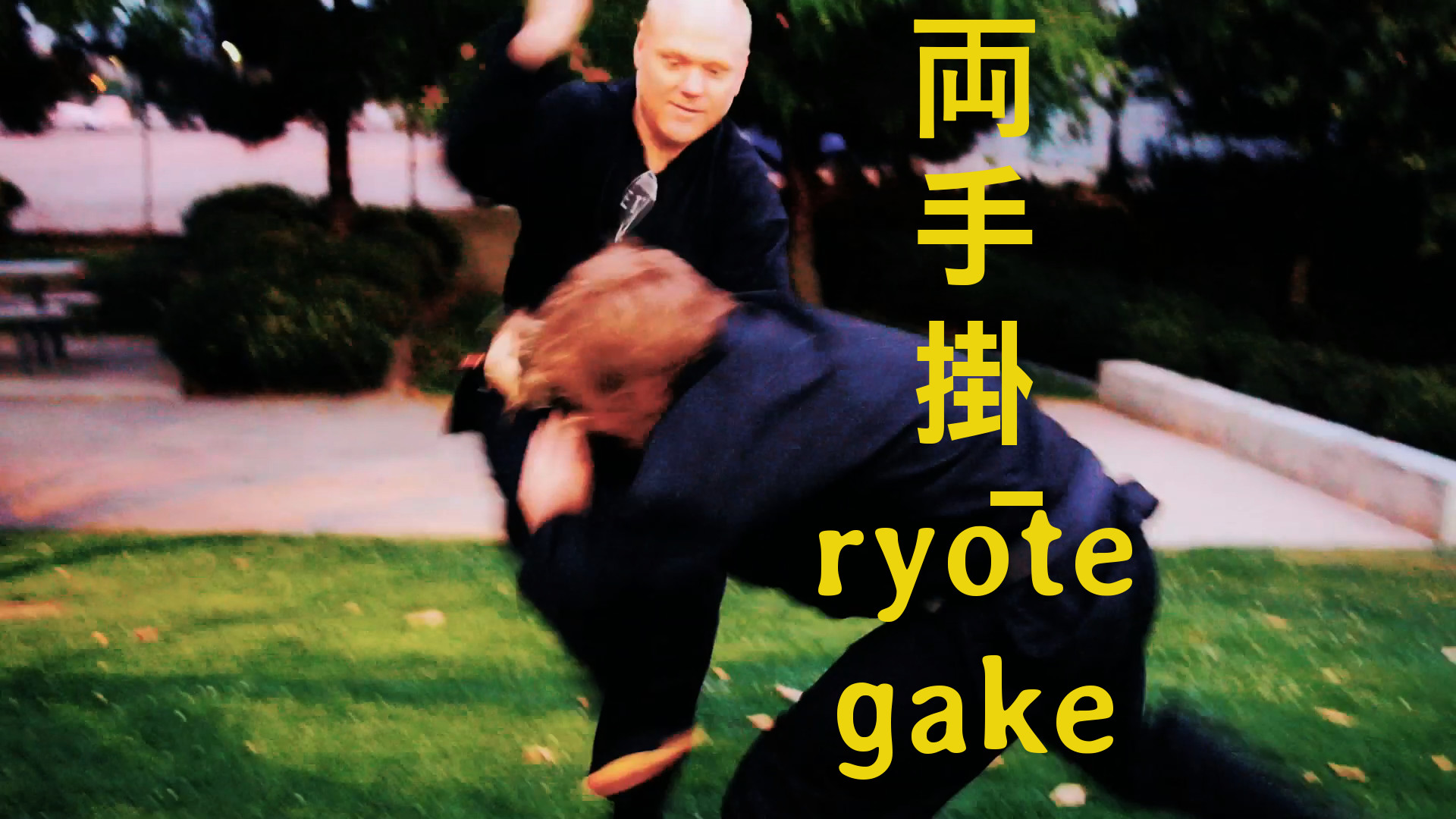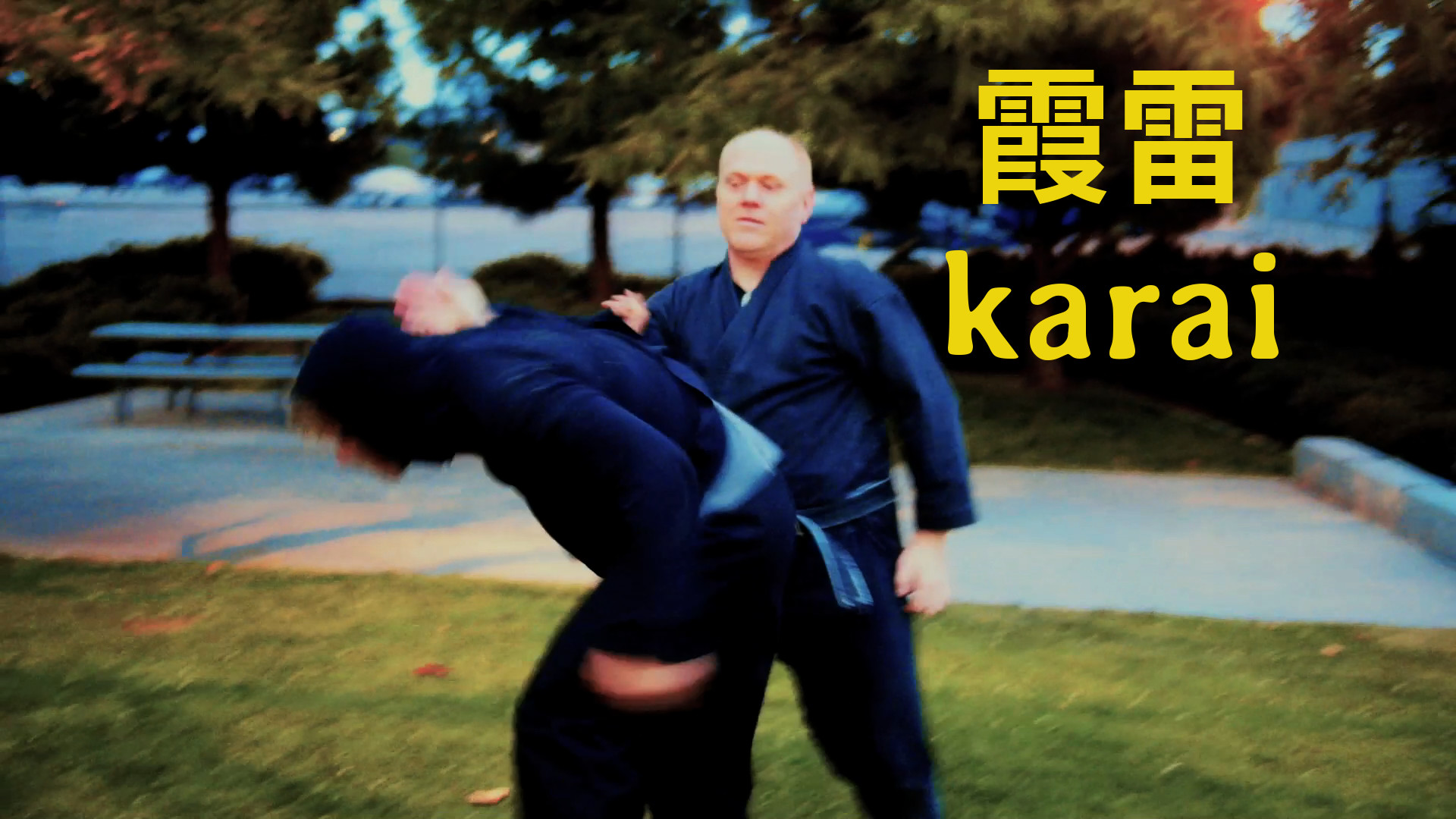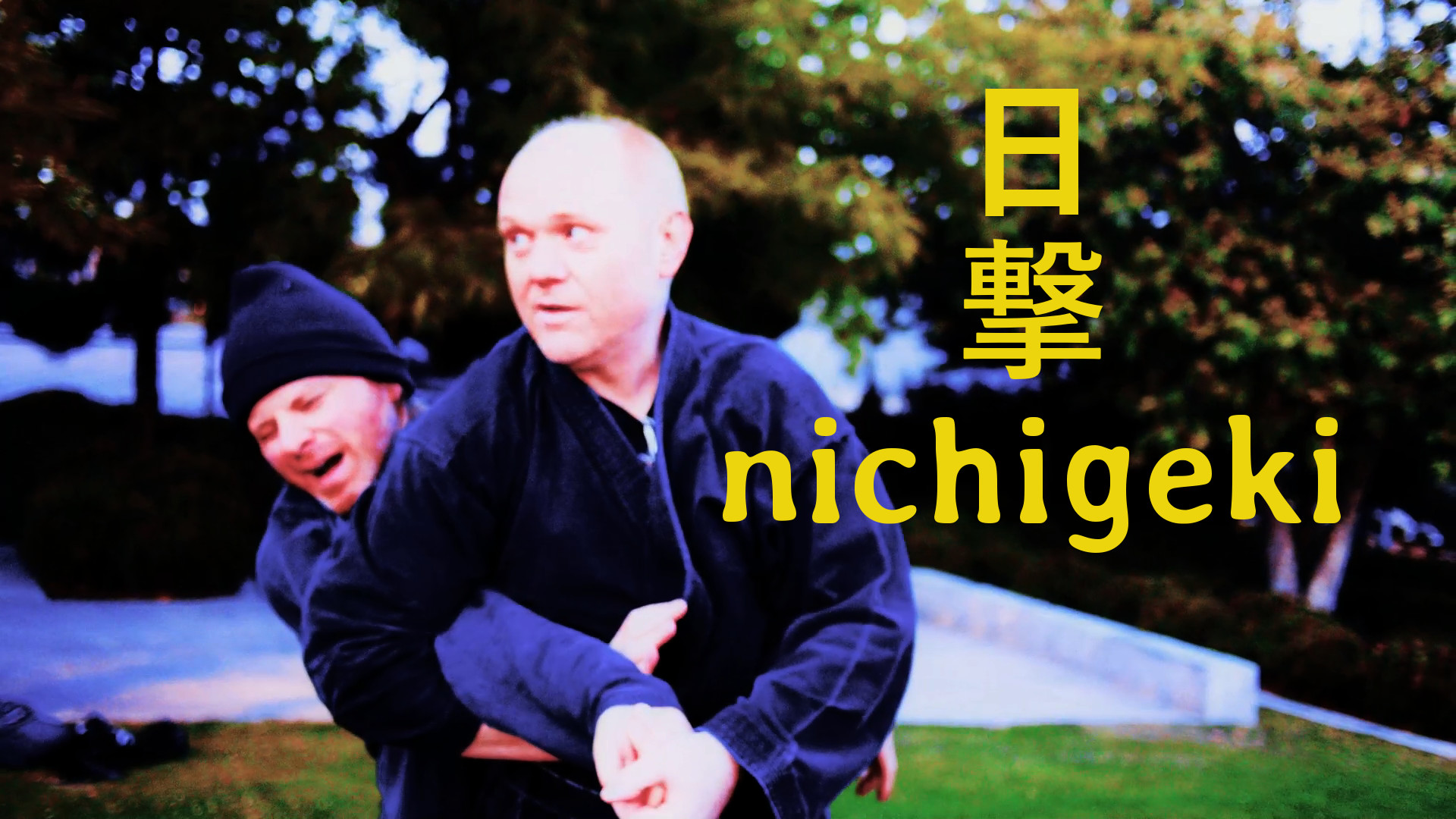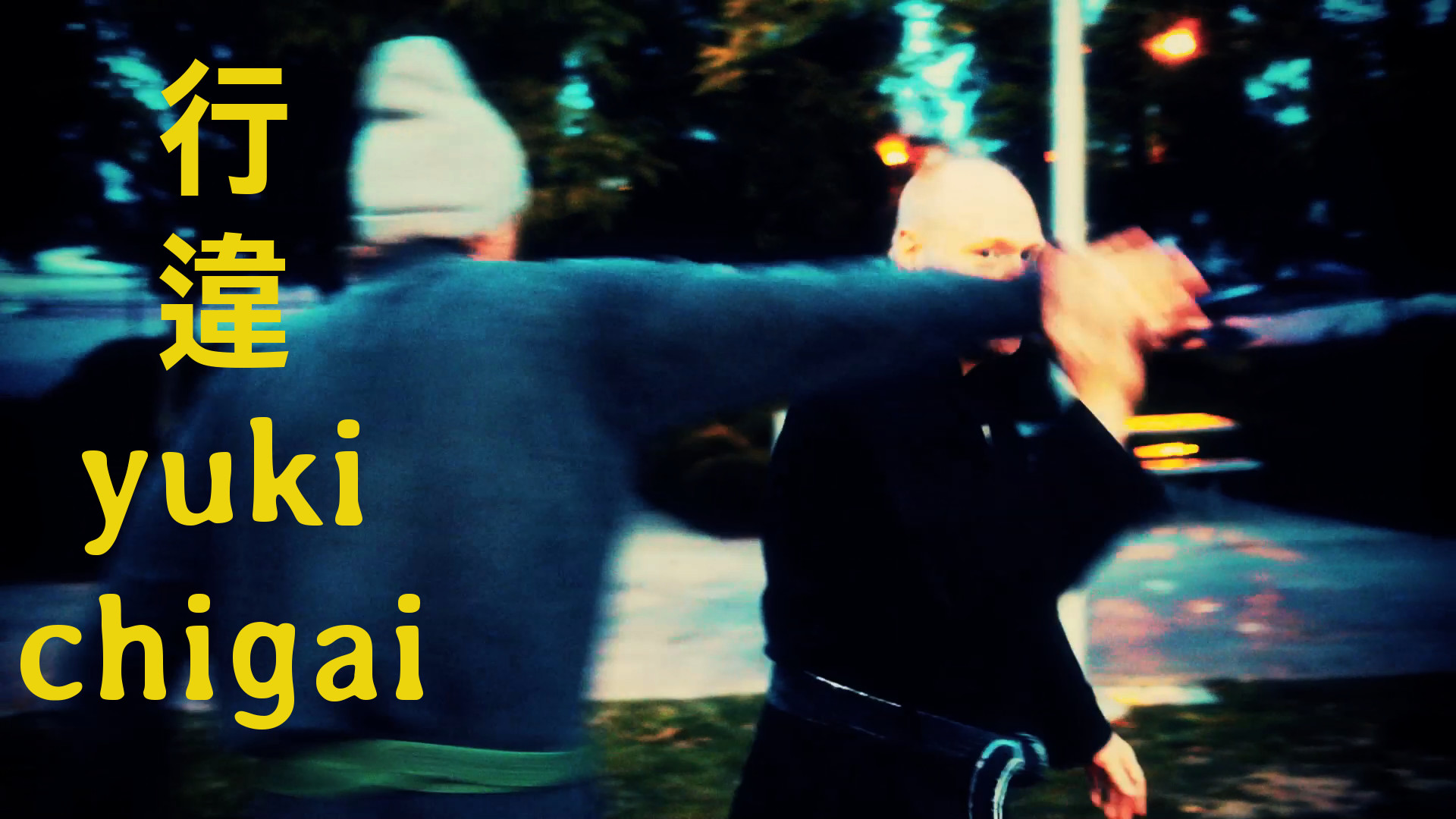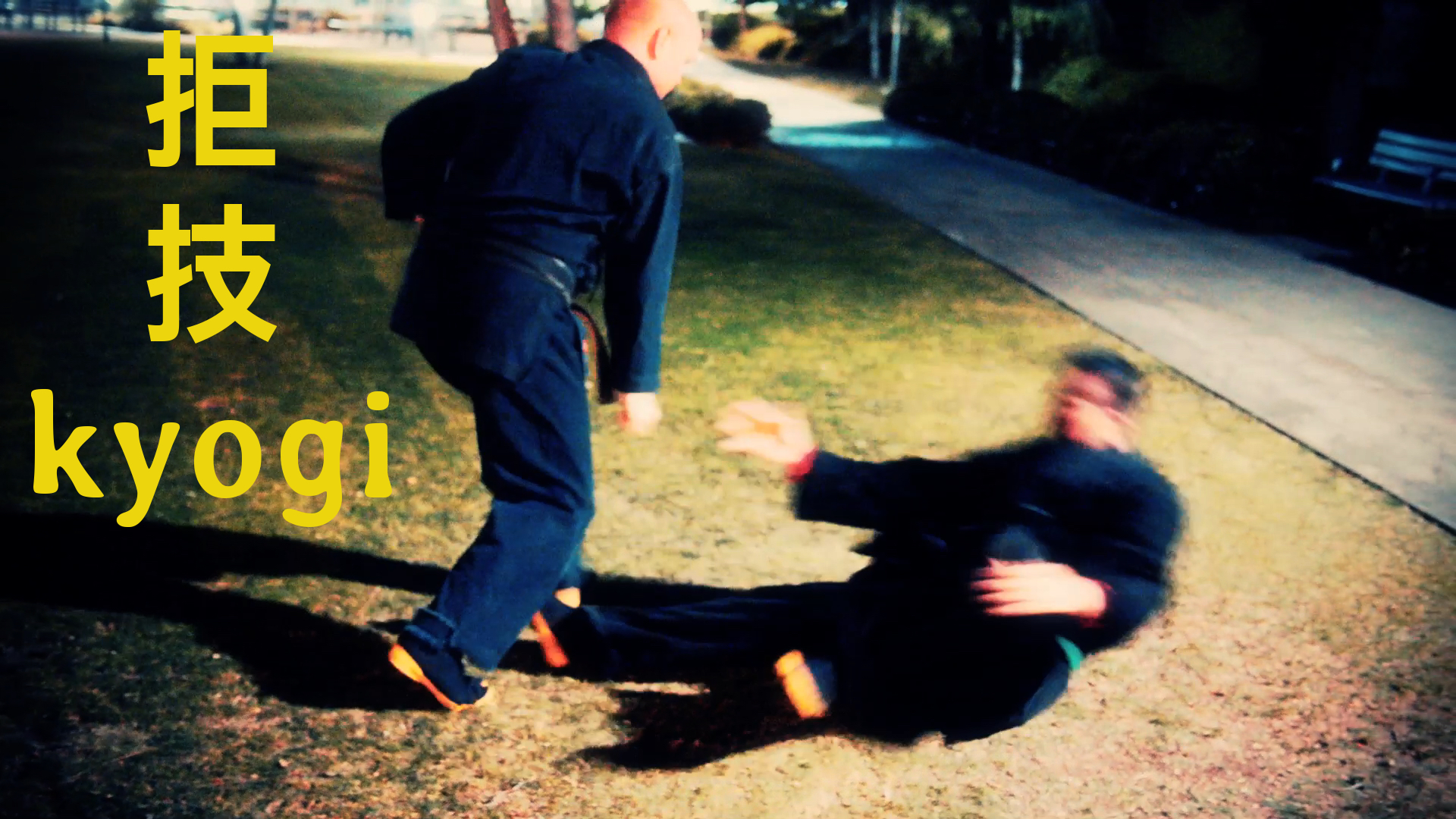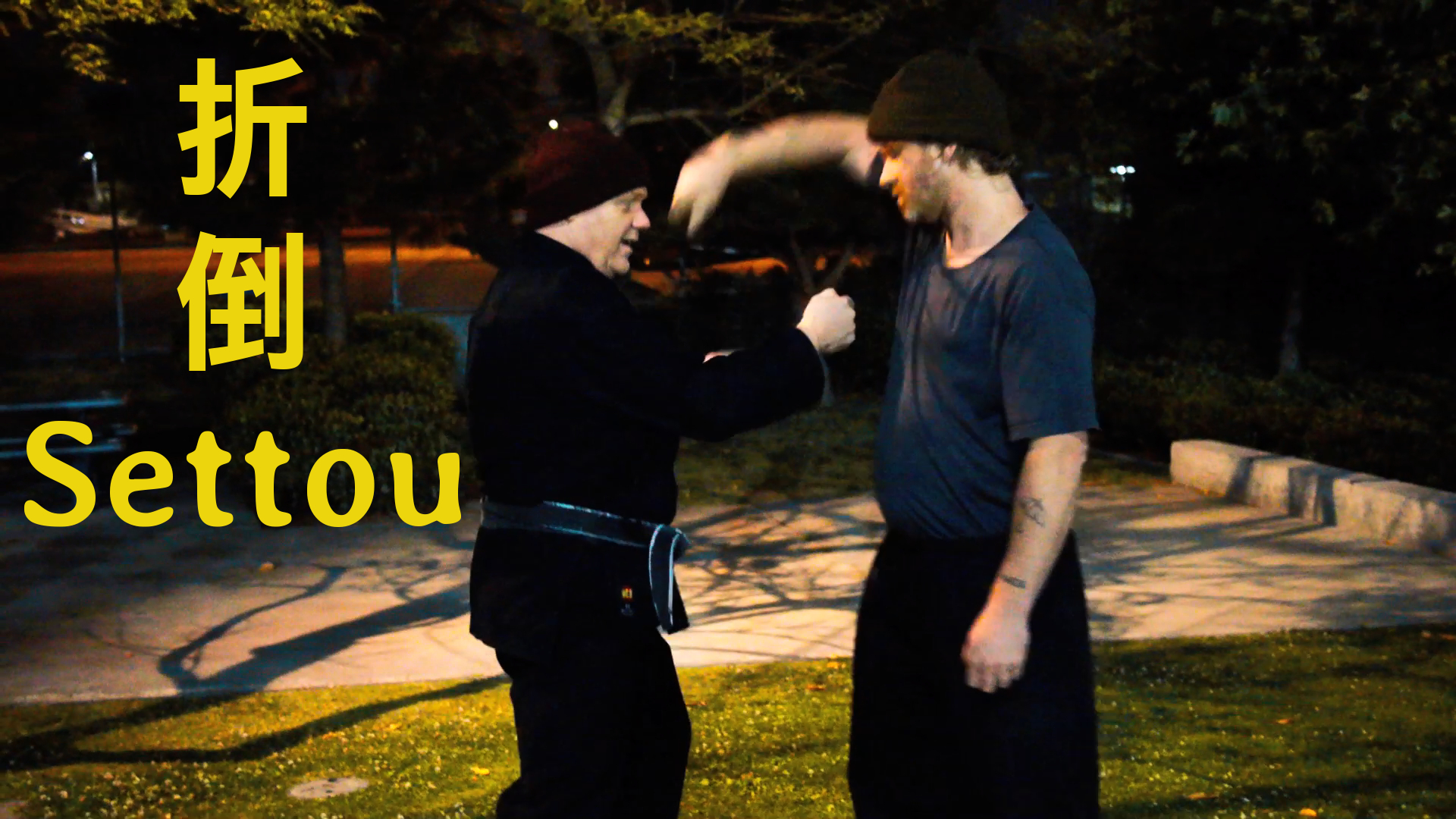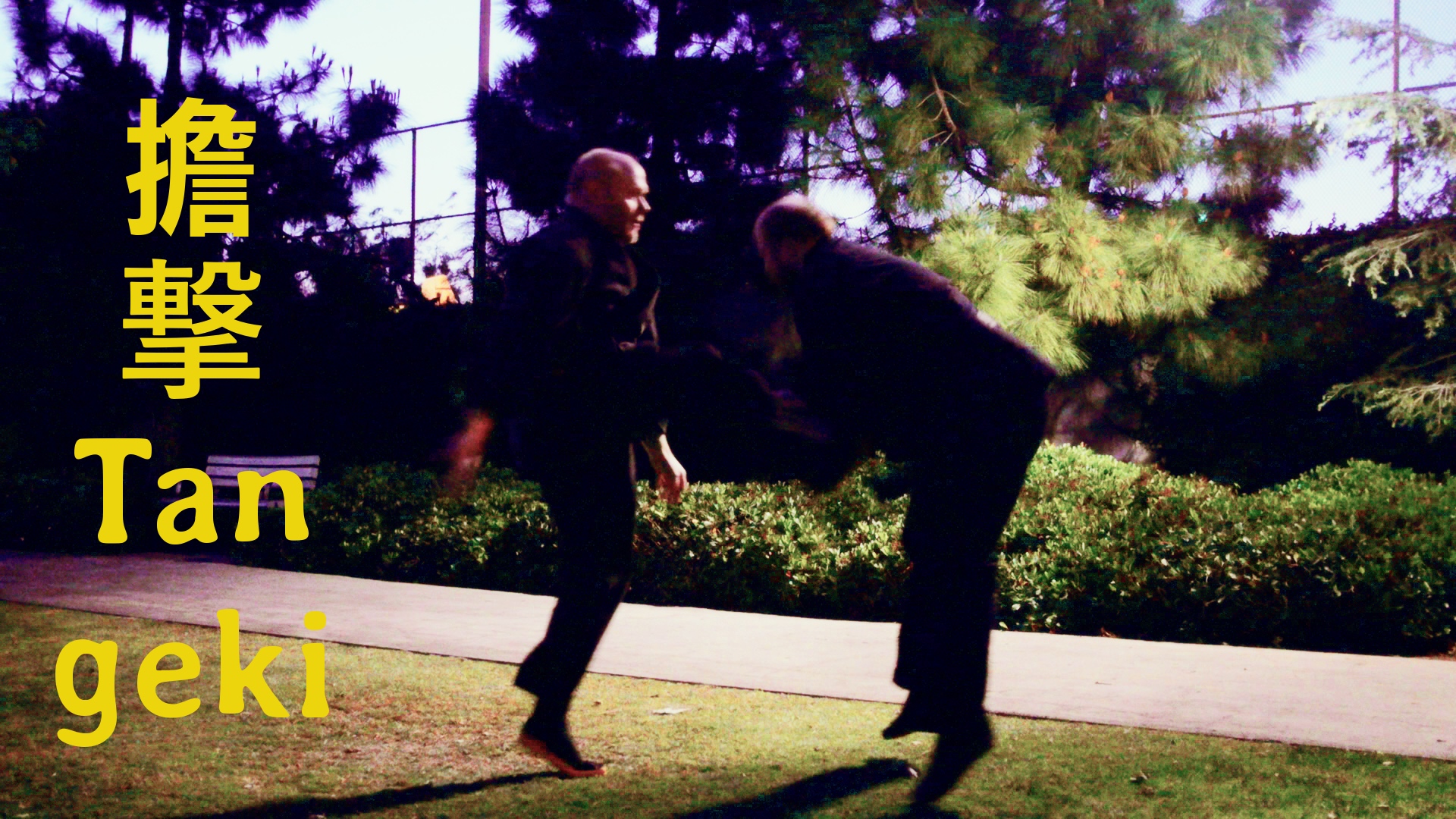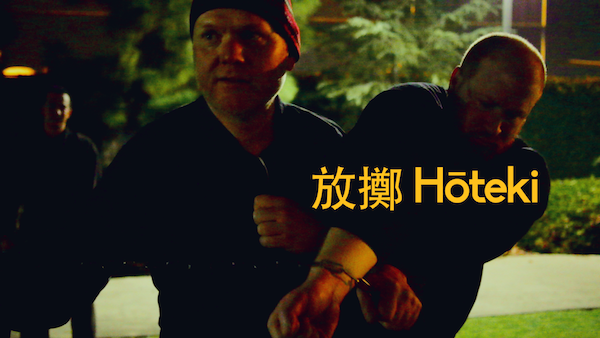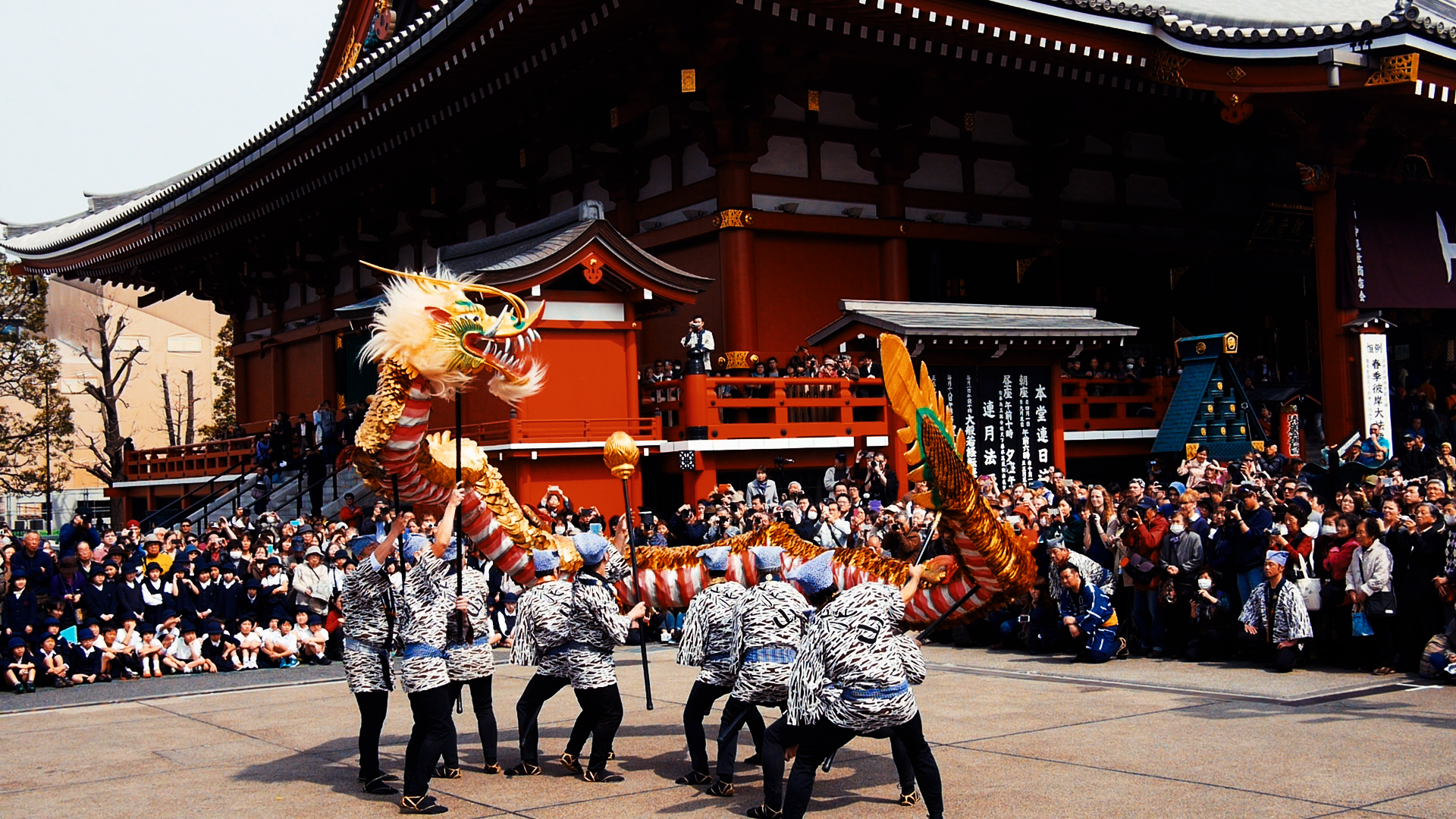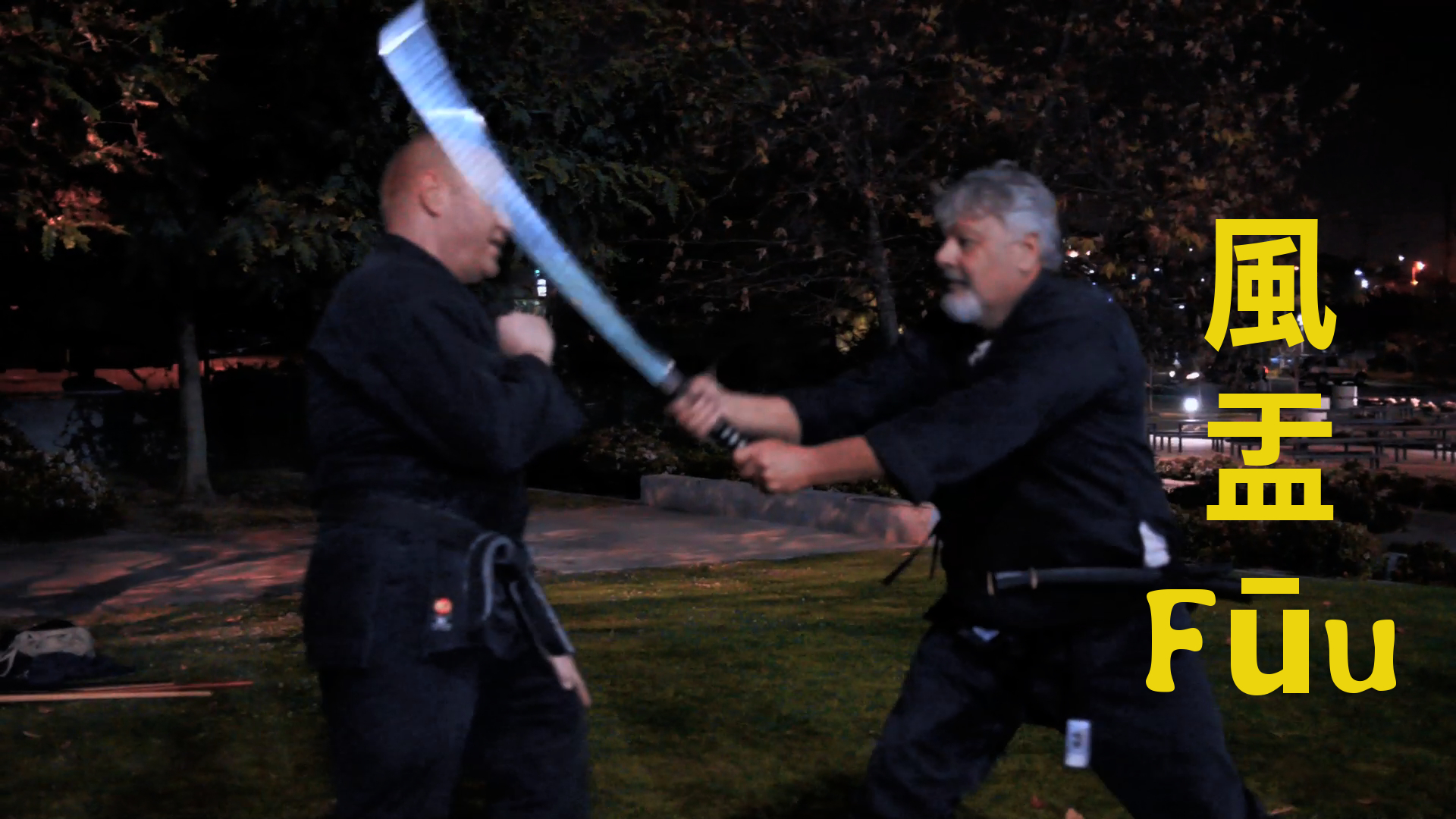Tsuke Iri and Tachi Uchi
I began class with a 半棒術 hanbō jutsu Bujinkan kihon called 附入 tsuke iri. This may begin from 型破の構 kata yaburi no kamae as you evade and strike with a wakiuchi. Then you “attach and enter.” The kanji suggests the feeling of inserting the stick into the space. But the more subtle way is to (more...)
Bujinkan Japan Training Report for July 2015
Some moments of reflection in between classes here in Japan.
両手掛 Ryōte Gake with Oguri Sensei Henka
my Bujinkan video exploring the kata 両手掛 Ryōte Gake. The first kanji refers to both hands of our attacker, the second means hang or suspend. And he will be hung when we turn his aggression against him! There is a rhythm to this kata… one, two, and enter for the throw. It is very important (more...)
霞雷 Karai
my Bujinkan video exploring the kata 霞雷 karai. You can think of this like a lightning strike in the mist. The students who felt my strike emerge from the mist can definitely make that association! Hatsumi Sensei showed a particular way to manipulate the wrist when the attacker grabs. This is what opens up the (more...)
日撃 Nichigeki and Seoi
Your browser does not support the video tag. I asked one of my senior students to read 日撃 nichigeki from the text and demonstrate. He found the text confusing. This is common because the Bujinkan densho does not contain the full technique! …rant… The full technique is densho PLUS kuden, or direct transmission from a (more...)
行違 Yukichigai
Your browser does not support the video tag. We warmed up with walking drills. Walking and passing. Walking and striking/defending. Stalking and being stalked. These drills reveal a lot about distance, rhythm, psychology, and intention. I began class with 行違 yuki chigai. In this kata you walk by, and as you pass, you begin your (more...)
拒技 Kyogi
Your browser does not support the video tag. I began class with 拒技 kyogi. This name means repelling waza with the feeling of repelling the opponent’s attack. The strike to 時 toki certainly achieves this. The japanese text refers to two main kyusho in this kata. The first, 時 toki, has a name that suggests (more...)
折倒 Settō
Your browser does not support the video tag. I began class with 折倒 Settō. Another deceptively simple form. Two quick strikes in succession. But very advanced Bujinkan feeling can be expressed in this kata. A common error with the basic form is to take too much distance while delivering the strikes. The first to 弱筋 (more...)
擔撃 tangeki
Your browser does not support the video tag. I began class with 擔撃 tangeki. Our opponent attacks and we should (一寸腰を低めにし) quickly lower the hips (or lower the hips one sun) and attack the eyes. We assume the structure of 抱囲之構 hōkō no kamae. I don’t think a lot of teachers understand an important translation (more...)
Bujinkan Kata 放擲 Hōteki
Your browser does not support the video tag. Warmed up with the 刀と受け流し katana uke nagashi drill. I am always amused at how the ego presents itself in training. Students can’t do something, so they decide the technique is flawed instead of looking at themselves. This is rampant in the martial arts. You hear people (more...)
Bujinkan Japan Training Report: Kinryu Edition
This is one of those Bujinkan training trips where I will be sore for the entire trip. Besides the normal beatings at the hands of my training partners, Hatsumi Sensei, Senou Sensei, Noguchi Sensei, and Nagato Sensei have all seen to it that they personally roughed me up.
Bujinkan kata 風盂 Fūu
Your browser does not support the video tag. We warmed up with ukemi and taijutsu with a sword in our belt. By the time we got to koho kaiten, I could see that this was too advanced for some. But it gets worse. Because not only must you overcome the encumbrance of the sword and (more...)
